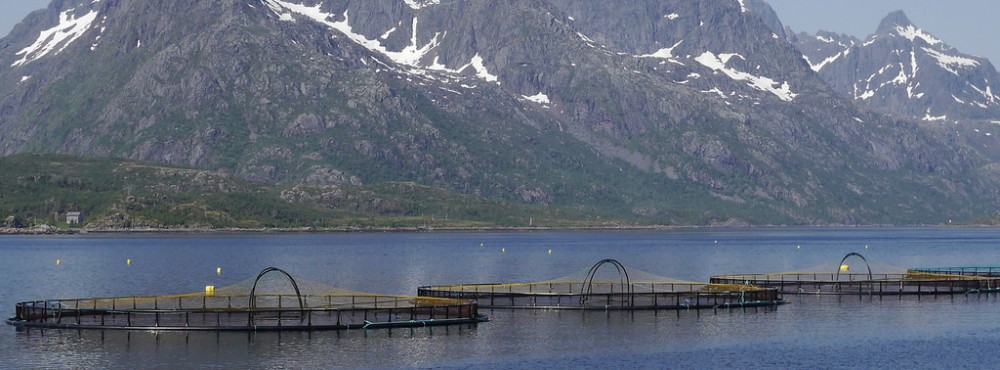WHAT SCIENCE SHOWS
YES – Fish Can Feel Pain
- Similar to humans, fish also have A-delta and C neuronal fibers involved in transmission of pain stimuli (Sneddon et al, 2003)
- Substance P, which is involved in pain transmission in mammals has been found in the hypothalamus and forebrain of finfish (Ashley, 2007)
- Fish hypothalamus and forebrain show changes in activity when pain stimuli are administered, indicating pain processing capability (Ashley, 2007)
- Salmon exhibit erratic swimming after CO2 gassing prior slaughter, indicating capacity to experience stress (Southgate and Wall, 2001)
- Closely related species such as the rainbow trout exhibits less behavioural responses to noxious substances when given analgesics (Turnbell et al, 2004).
NO – Fish Cannot Feel Pain
- Absence of neo-cortex therefore lacking ability to feel pain (Rose, 2002)
- Comparative anatomy showing fish brain to be less developed and therefore incapable of feeling pain
- Fish have a short memory so they would not remember any pain, even if they felt it
CRITERION USED TO ASSESS SALMON ABILITY TO FEEL PAIN
Since salmon cannot communicate with us directly, several criterion are used to objectively assess if salmon can feel pain (EFSA, 2008). From (i) – (vi) are the criteria and underneath in italicized is the supporting evidence.
(i) the existence of functional nociceptors
√ Neuronal fibers with nociceptors
(ii) the activation of brain structures involved in pain processing
√ The hypothalamus and forebrain do get activated upon painful stimuli
(iii) the existence of pathways leading to higher brain structures
√ Substance P involved in pain transmission within the brain and lead to communication of different brain regions such as the hypothalamus and forebrain
(iv) the action of analgesics in reducing nociceptive responses
√ The evolutionarily related rainbow trout showed less behavioural responses when provided with analgesia
(v) the occurrence of avoidance learning
√ Coho salmon conditioned to predator sounds were able to learn to avoid predators in the wild and had higher survival rates than control salmon (Davis and Olla, 1985)
(vi) the suspension of normal behaviour associated with a noxious stimulus
√ Erratic swimming during carbon dioxide sedation is a deviation from normal behaviour
As we can see, all the criteria used to determine if salmon feel pain is met.
